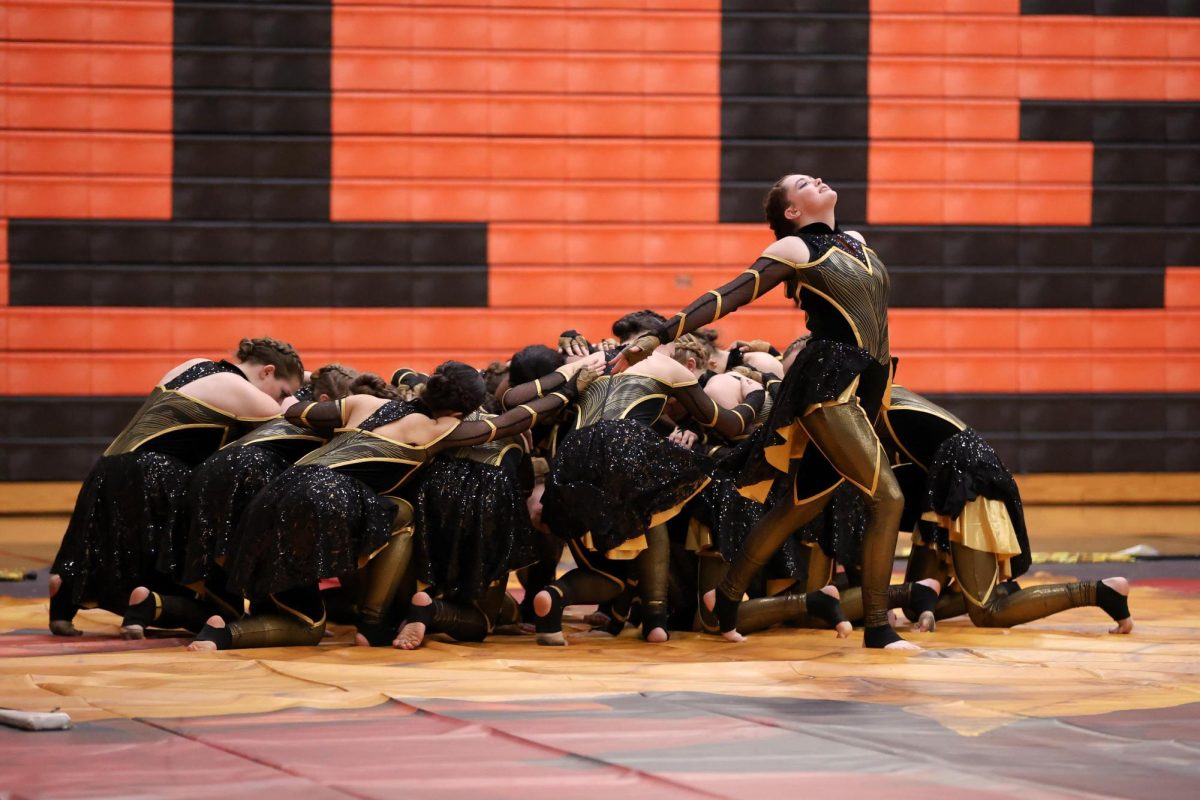Elden Ring: Souls Borne Anew
March 11, 2022
Gamers are a diverse group.
There are the graphics nuts, who gush over fidelity and ray-tracing. There are the lore hunters, who know all that there is about the storyline and characters. There are the adrenaline junkies, who will do anything to up the difficulty of the game.
But no matter where you fall on the spectrum of players, from casual to professional, from RPG to MMO, “Elden Ring” has something for you.
The newest title from fan-favorite developer From Software, video game director Hidetaka Miyazaki and writer George R. R. Martin came out Feb. 22.
At the 2021 game awards, it was named the most anticipated game of the year.
Although many fans feared that “Elden Ring” would flop like “Cyberpunk,” another long-awaited, high-budget title, the anxiety was ill-founded.
“Elden Ring” is the latest in a long line of From Software’s “Souls-Borne” games, the last having been “Bloodborne” in 2015, that focus on grueling but fair gameplay, flexible playstyles and huge numbers of secrets and Easter eggs.
And while “Elden Ring” certainly shares many of these characteristics, it feels more like a spiritual successor to “Souls-Borne” games than a true genre title. That’s for one reason, it’s infinitely more approachable and enjoyable.
Where “Dark Souls” was known for being one of the most difficult games ever made, so much so that it turned away everyone except for self-proclaimed masochists, “Elden Ring” features a difficulty that scales with the player and their experience.
To make it so, From Software changed up a few key gameplay elements:
The first is the open-world setting, different from any of their past games.
“Elden Ring” is placed in the Lands Between, a wild and diverse map — possibly the best modern example — that features many secret paths and areas.
The Lands Between feature five main open-world segments, packed to the brim with interactions and each having their own breathtaking visual style, enemies and even soundtracks.
Simply put, it’s beautiful from both a game design and graphics standpoint. But that same artistic variety, from the ethereal Erd Trees dappling the land with light to the infested caves leaking decay, can also make the game seem overly complex to new players.
While it does seem that way at first, in truth the density and diversity of “Elden Ring” quickly becomes life-saving to new and veteran players alike.
Previously in “Souls-Borne” games, the tight level design and cleverly manipulated shortcuts forced the player to go in one direction, towards one boss, making them bash their heads against that singular bottleneck until it broke. But now that’s all changed.
At any one point in the vast Lands Between, there are two or three main story bosses and at least 10 optional bosses to face, not to mention a number of enemy encampments and dungeons to explore.
This variety allows players to progress through the story at their own pace: There’s no need to bloody their heads against a door that just won’t open. Instead, they can back off, level up, and come back to difficult areas when they’re ready.
The second of From Software’s tricks is the powerful set of tools available.
From horseback fighting to summonable characters, there are few limits on the possible approaches to each battle.
Similarly, with items like ashes of war and talismans, the player can completely manipulate everything from their stats to their weapon’s attributes without commitment. That way, if a boss or area is challenging, players can completely change their approach to suit the fight, all without any long-term repercussions.
This represents another marked shift in From Software’s formula, Never before has there been this level of customization in “Souls Born” combat.
That’s not even to mention the early-to-mid game option of rerolling one’s character, reassigning experience levels, almost infinitely.
With the intense diversity of combat in “Elden Ring,” a smart player can overcome any barrier if they take the time to analyze their approach. But if they want to survive they quickly will, because, with its brutal enemies and many poisonous swamps, “Elden Ring” has little tolerance for cocky players.
That said, all of those tools are still optional, so those nostalgic for the sadism of “Dark Souls” can brutalize themselves as much as they want.











